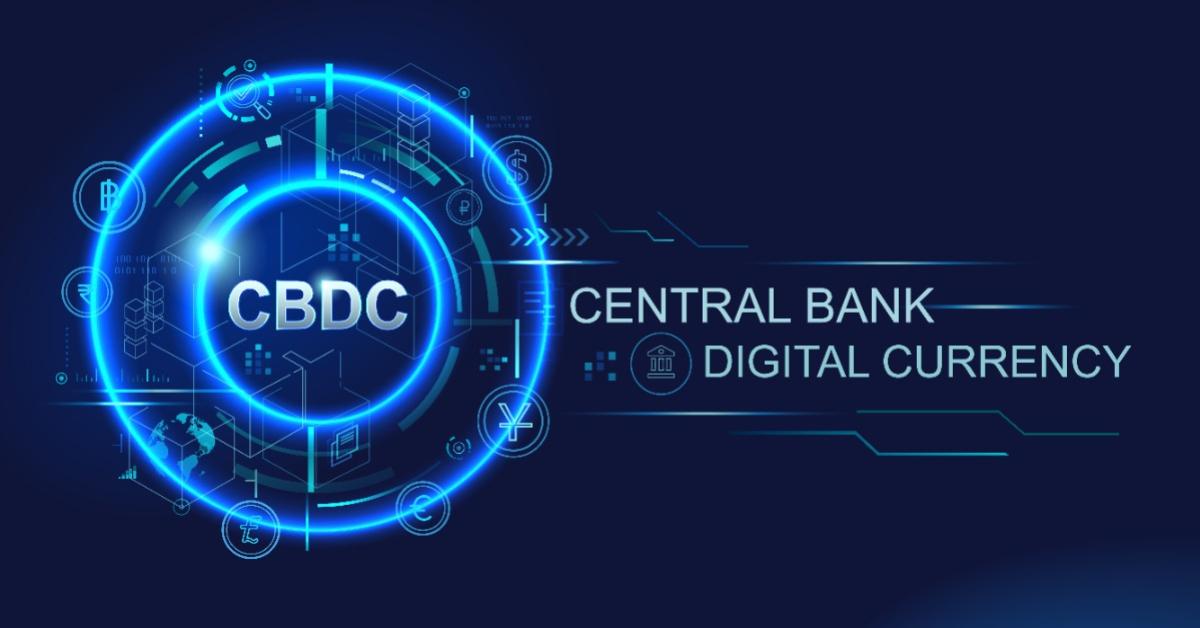
Whether you like it or not, central bank digital currencies (CBDCs) are coming. That’s the message in a recent tech column in the Wall Street Journal. A similar tone can be found coming from organizations like the World Economic Forum, the International Monetary Fund, and the Atlantic Council.
Reading these sources could lead you to conflate so-called CBDCs with autonomous trucks or artificial intelligence (AI) writers—technology that meets the needs of consumers so well that it’s hopeless to resist. But that isn’t true. CBDCs are not a groundbreaking new development in financial technology. They’re the next step in the government’s corruption of money and a severe threat to liberty.
Money evolved organically on the free market. People working toward their own ends, constrained by scarcity and economic law, settled on different commodities to help them transcend barter and engage in indirect exchange. Cattle, cowrie shells, leather, and bronze were all early forms of money. But as the nations dotting the world’s surface began to interact and trade, precious metals like gold and silver arose as the dominant form of money.
Private mints began shaping the metals into coins, staking their reputations on their ability to accurately label a coin’s weight and fineness—attributes important to traders. Later, merchants figured out they could avoid the hassle of lugging heavy coins around by storing their money and trading with the deposit receipts.
Money developed without a central authority, but as with law and language, the political class hijacked this stateless institution to serve its own ends. State control represented a turning point for money from bottom-up evolution to top-down corruption. It started with state-run mints and legal tender laws, which allowed governments to debase coins.
Next came central banking, a partnership between the government and banks to inflate the number of deposit receipts beyond the supply of money they’re meant to represent. With that, money was further decayed until governments severed the tie between banknotes and actual money by suspending the gold standard. That happened in most of the Western world in the 1930s and the US in 1971. Doing so ushered in the era of money by government decree, or fiat money, that we live under today.
So how do central bank digital currencies fit into this story? They would represent the next stage of monetary decay. So far, governments have slowly granted themselves direct control over the money supply. CBDCs would go even further and give the government control over the distribution and circulation of money. The setup would bypass the banking system and require Americans to hold digital dollars in an account with the Federal Reserve.
The fact that politically connected banks would be abolished with the adoption of retail CBDCs is probably the biggest barrier facing the program. The CBDCs being tested today are wholesale CBDCs, or digital reserves for banks to deposit at the Fed. The rollout of retail CBDCs straight to individuals would most likely occur during a national banking collapse when Washington could drop the nation’s banks without fear of reprisal.
But notice the difference between the economic evolution and political corruption of money. One is chosen, and the other is imposed. And if something is imposed, it can be resisted. There is nothing natural or inevitable about CBDCs, despite what some tech columnists say. If enough people stood up and said “no,” there would be no CBDCs. Just look at what happened to President Joe Biden’s Occupational Safety and Health Administration (OSHA) vaccine mandate.
People of all political persuasions should oppose CBDCs. This new nationalized banking system would allow the federal government to add or remove digital dollars from people’s bank accounts and trace where these dollars go. Stimulus checks could be deposited and monitored, perhaps even given a time limit. Sanction-happy Washington could make foreign boycotts mandatory. The federal government could freeze anyone’s money anytime for reasons ranging from suspected crime to political dissent. There’s no shortage of concerning implications. And even if some seem far-fetched, it’s naïve to hand the government total control over money and then just hope they’ll refrain from using all that power for their own benefit.
Like any government program, the time to quash CBDCs would be before they are implemented. Another argument for retail CBDCs is that they will help the unbanked access the global financial system. There are plenty of ways to solve that problem without violating anyone’s rights. But if CBDCs are used, those who rely on these currencies will be used to vilify anyone trying to roll back the program. “Take away our control over money, and the poor will be cut off from the economy” will be the implicit threat used by the political class, cloaked in compassionate language.
Central bank digital currencies are not a new, innovative financial technology. They represent the next stage in the corruption of money brought about by governments. But if enough people are made aware of the dangers posed by a nationalized banking system, the retail CBDC program may never get off the ground. As it’s much harder to roll back a government program than it is to stop the implementation of one, the time to loudly and assertively berate the government for even daring to consider such a blatant power grab is now.






